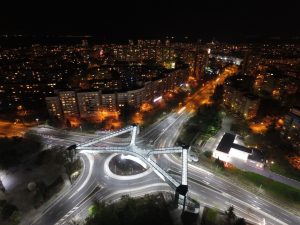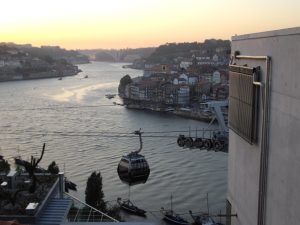
How Greater Manchester plans to reach carbon neutrality by 2038
The city-region of Greater Manchester is made up of ten local councils (Bolton, Bury, Manchester, Oldham, Rochdale, Salford, Stockport, Tameside, Trafford and Wigan) and the Mayor. Known as the Greater Manchester Combined Authority (GMCA), it works together with other partners and local services on issues that affect everyone in the region, such as the environment, transport, regeneration, and attracting investment.



